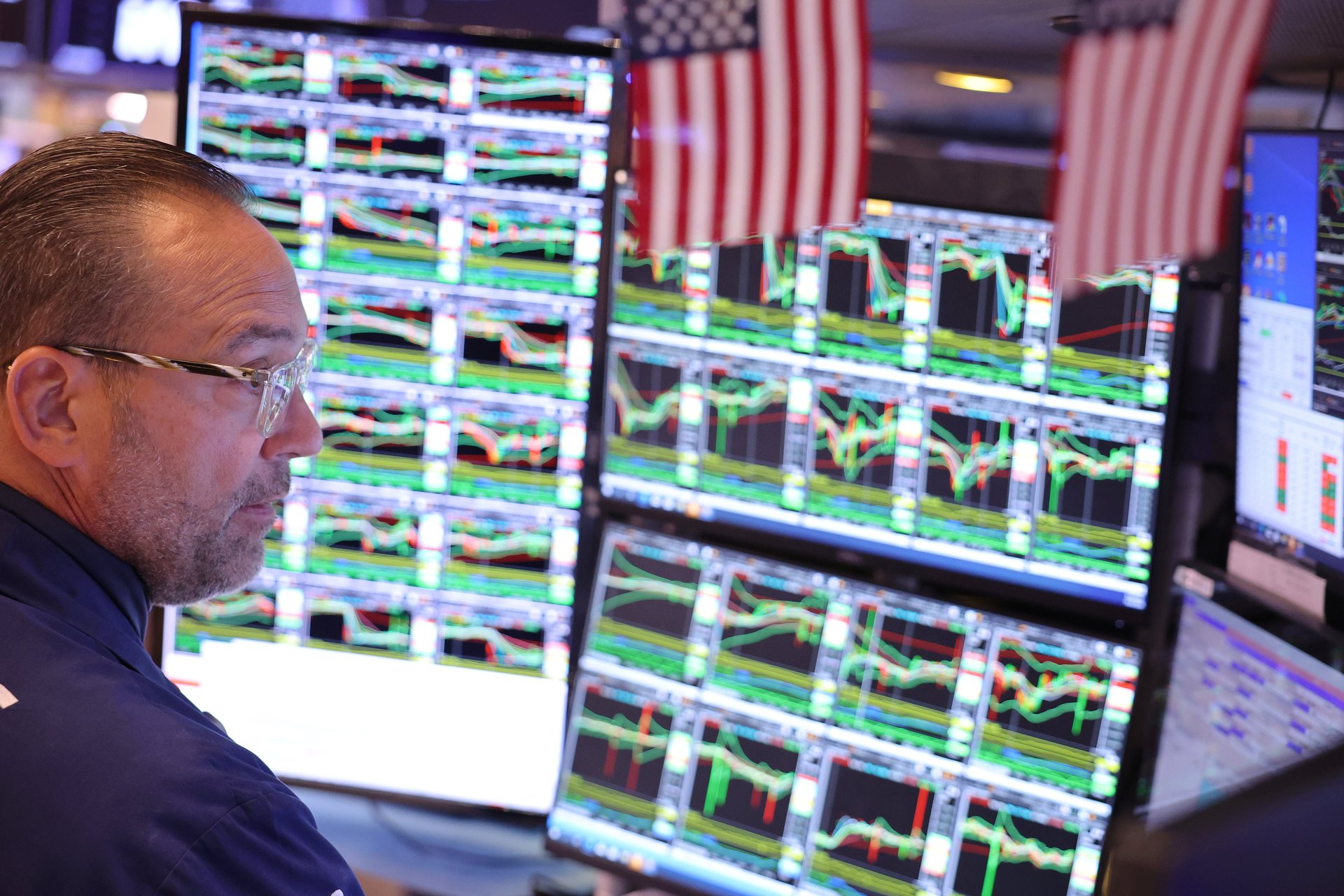The 2 biggest stock market risks in 2025, according to Goldman Sachs
Markets have rallied in 2024. But investors could be in for a disappointing new year

As 2024 comes to a close, the U.S. stock market has posted considerable returns on a red-hot rally led by major technology stocks that have benefited from artificial intelligence. But Goldman Sachs (GS) is warning of two major risks that could put a damper on the stock market party in 2025.
Suggested Reading
The first big risk is the recent wave of optimism — fueled by Donald Trump’s election win, lower interest rates, and overall enthusiasm about the economy — could front-load returns and leave the market vulnerable to a correction, strategists led by Peter Oppenheimer said in a research note published Monday.
Related Content
Given that global equities have risen 40% since October 2023, there is much more room for disappointment and less opportunity for valuations to rise, the strategists said. There is also uncertainty around the impact of the incoming Trump administration’s policies.
“There are still many unknowns around tariff risks, for example, and the impact on global growth and inflation,” they wrote. The president-elect has proposed implementing sweeping tariffs, including levying a broad 10% to 20% tariff on imports from all nations, alongside a much steeper 60% to 100% tariff specifically targeting goods from China. This could push up prices on a number of key products in the U.S.
Major stock indexes, including the Dow Jones Industrial Average, the S&P 500, and the Nasdaq, all hit record highs in the days following Trump’s election win.
The second risk is linked to what Goldman refers to as the “unusual degree of market concentration.” The biggest 10 U.S. stocks account for over 20% of the entire value of the global market index, according to the researchers.
These companies include mega cap tech stocks like Apple (AAPL), Microsoft (MSFT), Amazon (AMZN), Nvidia (NVDA), Google parent Alphabet (GOOGL), and Meta (META). They account for 36% of the S&P 500 index and are driving much of the returns. So far this year, these leading firms have returned almost 37%, compared with 31% for the index as a whole.
This level of market concentration is associated with a number of threats to the market, particularly as the mega cap tech stocks shift from being relatively capital-light to capital-intensive, Goldman said.
“The prospective return on this capital invested is likely to fade,” the researchers said. “Historically, it has been difficult for any firm to maintain high sales growth and profit margins over sustained periods of time.”
Despite doubts about whether these companies will be able to sustain their current levels over the coming years, Goldman does not believe the companies to be in a valuation bubble.
In an earlier note, however, Goldman warned that the era of double-digit gains in the stock market may be coming to an end. The strategists estimate that the S&P 500 will deliver an annualized return of 3% over the next decade — well below the 13% returns of the last 10 years and the long-term average of 11%.
While the investment bank attributed much of that downward revision to a higher starting point going into the next decade, strategists said a large portion of the uncertainty is again due to an “extremely high level of market concentration.”
Goldman said its forecast would be roughly 4 percentage points higher (7% instead of 3%) if the market were not so concentrated, with a baseline range of 3% to 11% growth instead of a possible -1% to 7% over the next decade.